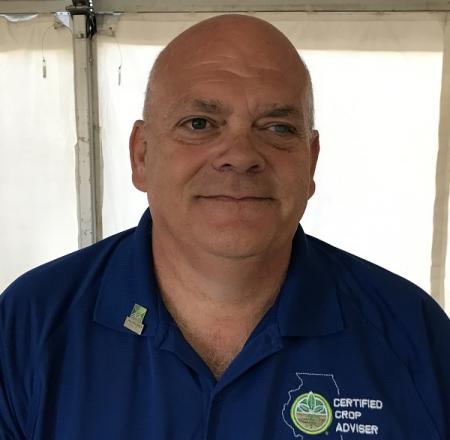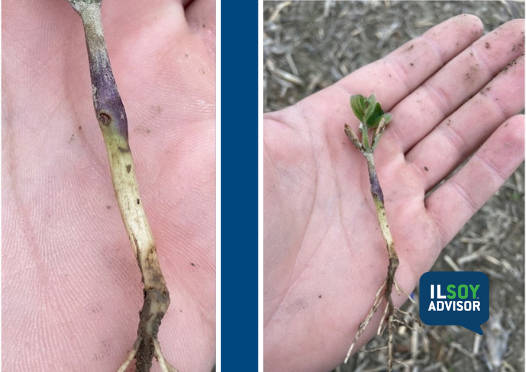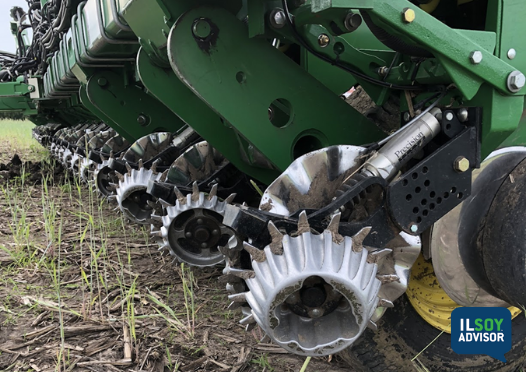ILSOYADVISOR POST
Agronomy: The Don’ts for Soybean Production Planning for 2016
As I roam around southern Illinois and talk to growers this fall, I hear a lot of farmers talk about what they will be doing in 2016, but no conversation about what they won’t be doing. It is easy to think about what you want to do, but harder to spend time reviewing past mistakes. With current economic conditions, I understand it’s important to be more conservative on input decisions, but I tell growers don’t throw the baby out with the bath water, forget everything you’ve learned, and discard your successes in order to save money. After some thought on this, here are some things I would suggest every farmer NOT DO in 2016.
Buy the cheapest seed on the market: I realize the need to cut costs, but be smart about it. Variety selection is the single most important decision you, as a grower, will make for 2016. A good, trusted seedsman is a very cheap asset and advisor in the long run. Good genetics, like good soil fertility, will overcome a lot of bad environmental conditions.
Forget about seed treatments on soybeans: Remember soybean seed prices haven’t come down any. Protect your seed investment with a good fungicide/insecticide seed treatment at a minimum. Your second goal as a farmer (after you make your seed decision) is to get as many of those seeds out of the ground as possible and you need seed protection to do that. Also, micros and biologicals at this time are your lowest cost per acre and most bang for your buck.
Ignore soil fertility: Look at your soil and tissue tests from 2015 to see what your nutrient needs are. You don’t have to break the bank here, but don’t ignore making a deposit either. Good yields need nutrient replacement at a minimum. Nutrient build may need to wait, depending on soil test levels, but put back at least what you take out. Ignoring this is the easiest way to cut yield.
Use the same old herbicide program: As the experts have predicted for a few years, the weed resistance issue is moving north. In District 9 this year growers struggled to control weeds all summer. Go into 2016 with a multi-mode plan and hit them hard. While there are few truly new active ingredients, some of the combinations and old standbys are still very effective if used right.
Ignore risk management: It is critical during this downturn in commodity prices that you be vigilant in regard to marketing, crop insurance and financial planning. Doing a cash flow chart, even if you don’t borrow operating capital, should be a priority. Back in the seventies farmers got complacent about these issues. Then they became serious issues when least expected and some farmers didn’t survive to farm another year.
These are just some basic don’ts for soybean production for the coming year. Nothing here is rocket science, but these points can’t be ignored either. It will take money to produce a crop, but we can be smart about where we choose to spend that money. Talk to your trusted sources, be it another farmer, retailer, consultant, financial guide or marketing guru, someone that knows your operation and your expectations from it. Take what you have learned from your operation in the last 7 – 8 years to keep it profitable the next 7 – 8 years.
Mike Wilson is a Specialty Products Marketing Coordinator at Wabash Valley Service Company. For over 20 years, he has been working with farmers in ten counties in southeastern Illinois to improve economic yield in soybeans, corn and wheat. Mike has been a CCA since 1994 and is looking forward to being a part of the Soy Envoy program.





Comments
Add new comment